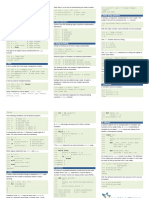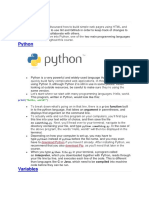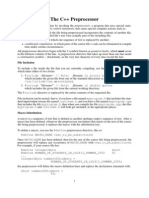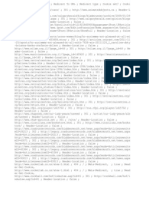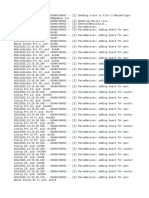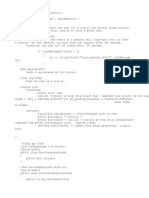0% found this document useful (0 votes)
51 views18 pagesPhython 2 and 3
Python is useful for automating calculations. It has several data types including strings, booleans, and numbers. Strings can be manipulated using methods like upper(), lower(), and len(). Conditionals and control flow allow code to make choices. Lists are a data structure that allows working with collections of data in sequence. Lists can be indexed, sliced, modified, sorted, and multidimensional. Functions are reusable blocks of code that are defined and called. Modules contain reusable code through imports.
Uploaded by
Jalisa KeyCopyright
© © All Rights Reserved
We take content rights seriously. If you suspect this is your content, claim it here.
Available Formats
Download as PDF, TXT or read online on Scribd
0% found this document useful (0 votes)
51 views18 pagesPhython 2 and 3
Python is useful for automating calculations. It has several data types including strings, booleans, and numbers. Strings can be manipulated using methods like upper(), lower(), and len(). Conditionals and control flow allow code to make choices. Lists are a data structure that allows working with collections of data in sequence. Lists can be indexed, sliced, modified, sorted, and multidimensional. Functions are reusable blocks of code that are defined and called. Modules contain reusable code through imports.
Uploaded by
Jalisa KeyCopyright
© © All Rights Reserved
We take content rights seriously. If you suspect this is your content, claim it here.
Available Formats
Download as PDF, TXT or read online on Scribd
/ 18




